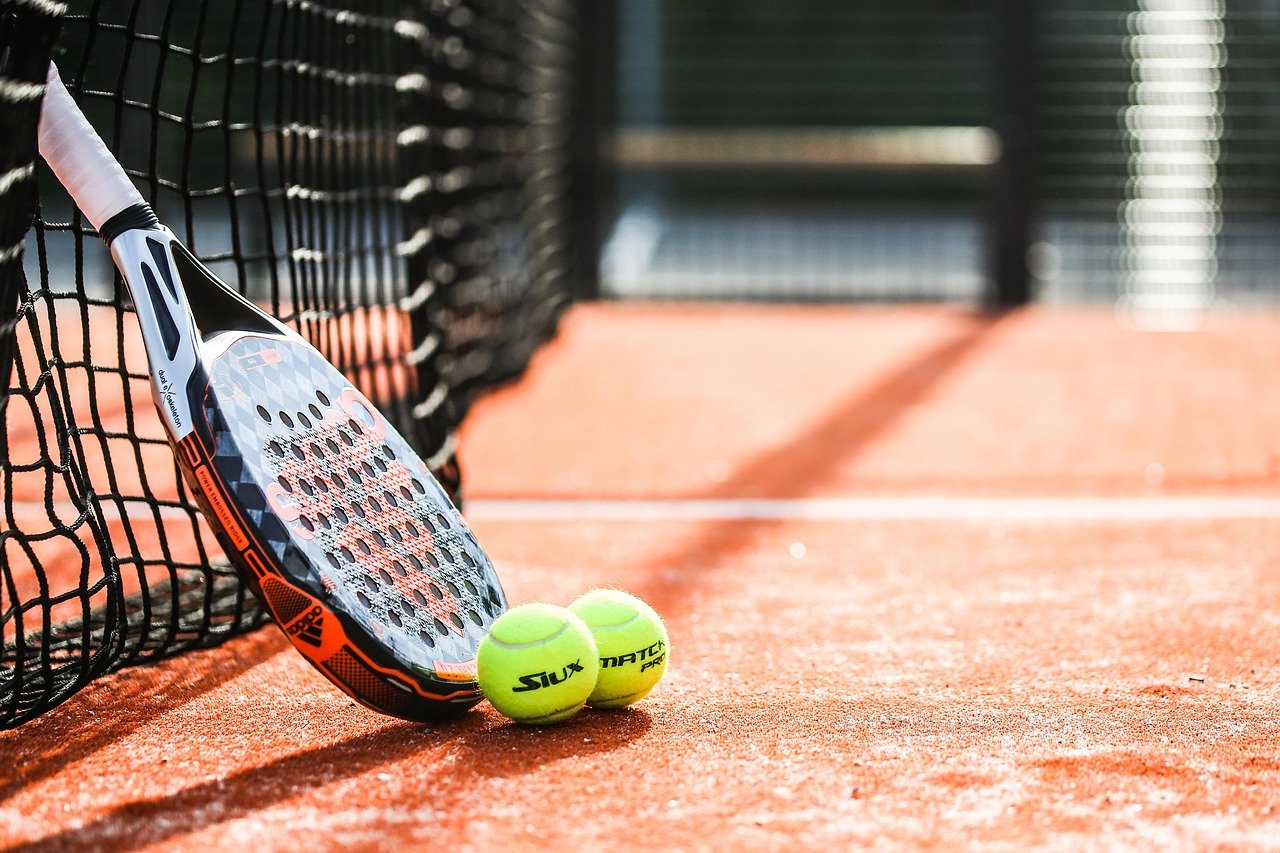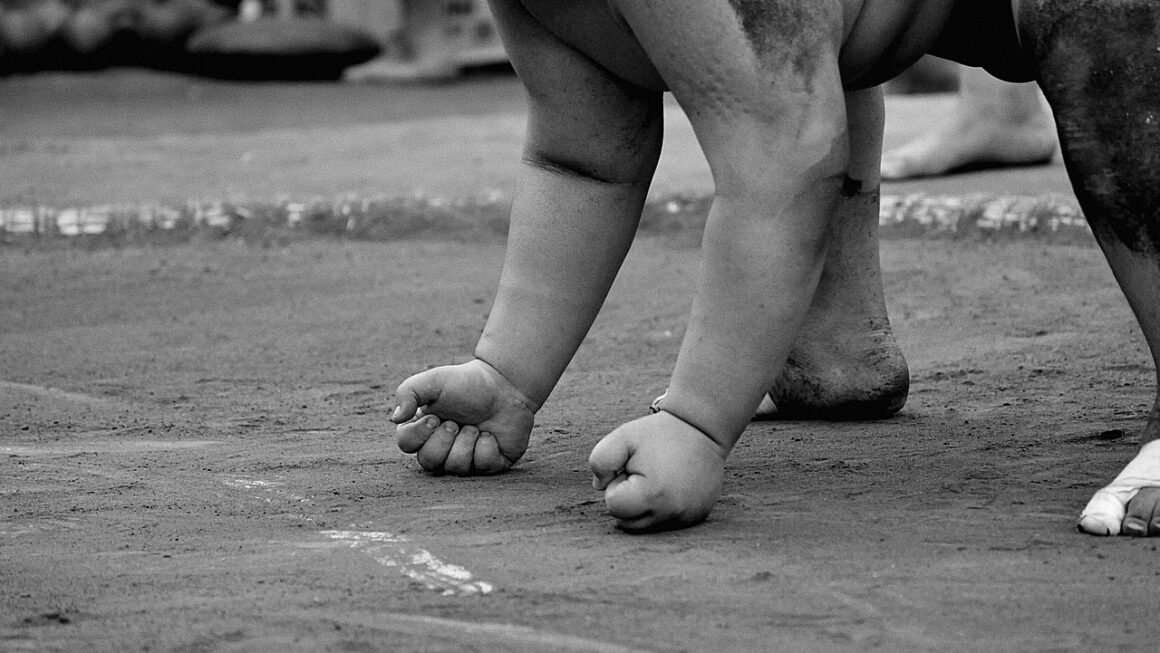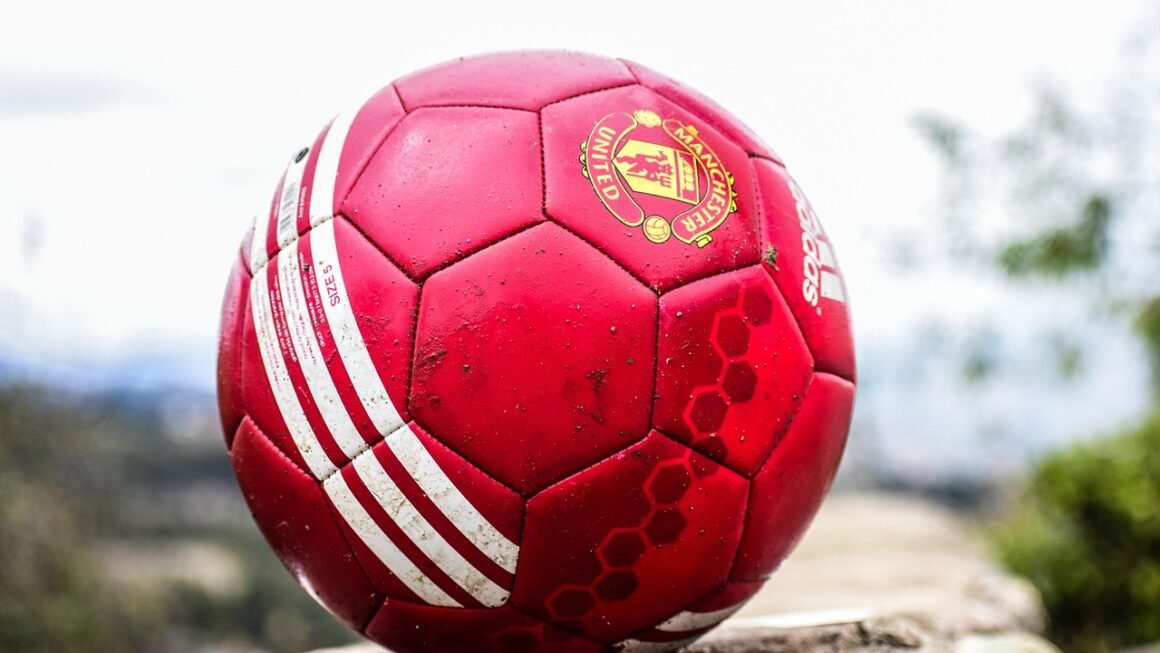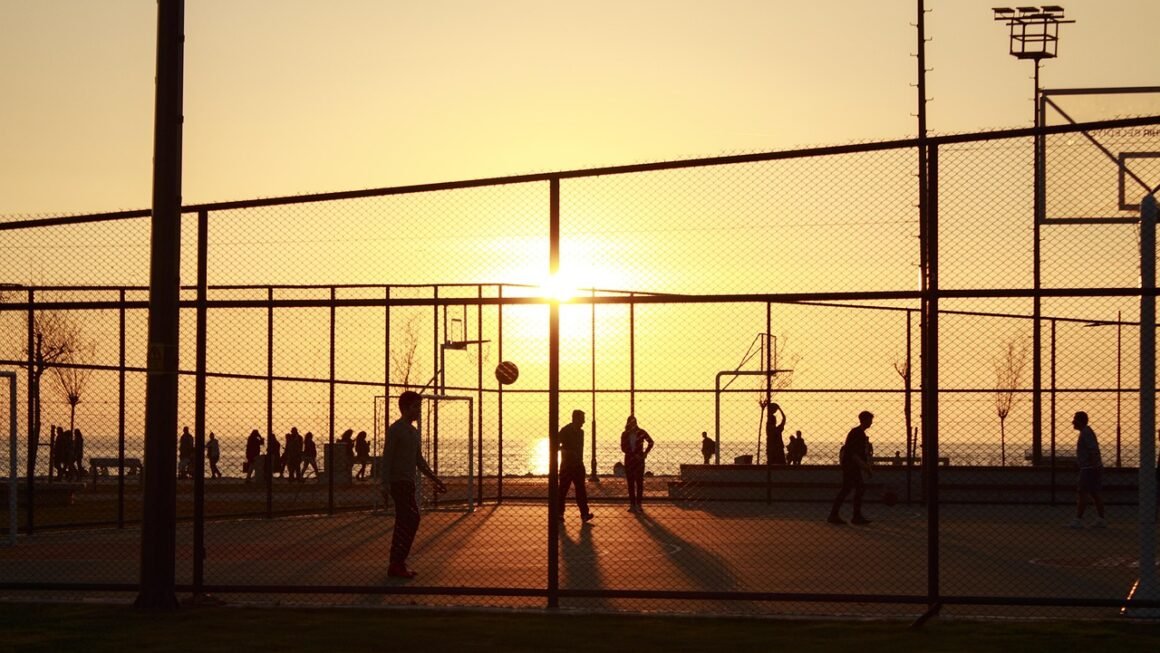Snowboarding, an exhilarating winter sport, offers a unique blend of freedom and adventure. From carving down pristine slopes to mastering tricks in the terrain park, snowboarding provides an unmatched adrenaline rush. Whether you’re a seasoned pro or a beginner strapping in for the first time, this comprehensive guide will equip you with the knowledge you need to shred with confidence.
Getting Started with Snowboarding
Understanding the Basics
Snowboarding involves riding down a snow-covered slope on a single board attached to your feet. Unlike skiing, both feet are fixed to the board, requiring a different set of skills and techniques. The stance is crucial, and understanding whether you’re goofy (right foot forward) or regular (left foot forward) is the first step.
- Regular: Left foot forward
- Goofy: Right foot forward
Not sure which you are? Try having someone gently push you forward. The foot you instinctively put out to catch yourself is likely your lead foot.
Essential Gear
Having the right equipment is paramount for safety and performance. Here’s a breakdown of essential snowboarding gear:
- Snowboard: Choose a board length appropriate for your height and weight. Beginner boards are typically softer and easier to control.
Example: A beginner rider who is 5’10” and weighs 170 lbs might choose a board around 155-160cm.
- Bindings: Securely attach your boots to the snowboard. Consider the flex and adjustability.
- Boots: Provide comfort, support, and control. Ensure a snug fit to prevent heel lift.
- Helmet: Non-negotiable for safety! Protects your head from impacts.
- Goggles: Shield your eyes from sun, wind, and snow. Choose lenses appropriate for different light conditions.
- Gloves/Mittens: Keep your hands warm and dry. Mittens are generally warmer.
- Snow Pants and Jacket: Waterproof and breathable outerwear is essential for staying comfortable.
- Base Layers: Wear moisture-wicking base layers to regulate body temperature.
First Time on the Snow
- Find a Beginner-Friendly Slope: Start on a gentle slope with a magic carpet or slow chairlift.
- Take a Lesson: A qualified instructor will teach you the fundamentals of stance, balance, and basic turns.
- Practice Falling Leaf: This technique involves traversing across the slope in both directions to control your speed and direction.
- Heel Edge and Toe Edge Control: Learn to engage your heel edge and toe edge to steer and stop.
Snowboarding Techniques & Skills
Mastering Turns
Once you’re comfortable with the basics, it’s time to refine your turning skills.
- Heel Edge Turns: Lean back slightly and apply pressure to your heels to initiate a turn.
- Toe Edge Turns: Lean forward and apply pressure to your toes to initiate a turn.
- Linked Turns: Practice transitioning smoothly between heel edge and toe edge turns to maintain control and flow.
- Tip: Focus on looking in the direction you want to go. Your body will naturally follow.
Intermediate Techniques
As you progress, you can explore more advanced techniques.
- Carving: Involves engaging the edge of the board to create clean, smooth turns without skidding.
- Butters: Pressing on the nose or tail of the board while riding to perform stylish maneuvers.
- Riding Switch: Riding with your opposite foot forward. Practice to improve board control.
Terrain Park Fundamentals
The terrain park offers a variety of features like jumps, rails, and boxes.
- Start Small: Begin with smaller features and gradually progress to larger ones.
- Proper Approach: Maintain a straight line and consistent speed when approaching a feature.
- Landing Techniques: Strive for a balanced landing with your knees slightly bent.
- Park Etiquette: Be aware of other riders and wait your turn.
Choosing the Right Snowboard
Board Types
Different types of snowboards are designed for specific riding styles.
- All-Mountain Boards: Versatile boards suitable for various terrain and conditions. The most common type for beginners and intermediates.
- Freestyle Boards: Shorter and more flexible boards designed for terrain park riding and tricks.
- Freeride Boards: Stiffer and longer boards designed for riding steep slopes and deep powder.
- Powder Boards: Designed specifically for riding in deep snow, often with a wider nose and a setback stance.
Factors to Consider
When choosing a snowboard, consider the following:
- Rider Level: Beginner, intermediate, or advanced.
- Riding Style: All-mountain, freestyle, or freeride.
- Terrain Preference: Groomers, park, or powder.
- Board Length: Determined by height, weight, and riding style.
- Board Flex: Soft, medium, or stiff.
- *Example: An intermediate rider who enjoys riding groomers and occasional park laps might choose an all-mountain board with a medium flex.
Understanding Camber and Rocker
- Camber: A traditional board profile with a raised midsection. Provides edge hold and pop.
- Rocker (Reverse Camber): A board profile with a raised nose and tail. Makes turning easier and improves float in powder.
- Hybrid Camber/Rocker: Combines the benefits of both camber and rocker for a versatile ride.
Staying Safe on the Mountain
Mountain Awareness
- Be Aware of Your Surroundings: Pay attention to other riders, obstacles, and changing snow conditions.
- Follow the Skier’s Responsibility Code: Know the rules of the mountain and respect other riders.
- Control Your Speed: Ride within your abilities and adjust your speed to the terrain and conditions.
Weather and Conditions
- Check the Weather Forecast: Before heading to the mountain, check the weather forecast for potential hazards like wind, snow, and ice.
- Dress Appropriately: Layer your clothing to stay warm and dry in changing conditions.
- Be Prepared for Cold Weather: Cover exposed skin to prevent frostbite.
Preventing Injuries
- Warm Up Before Riding: Stretch your muscles to prevent injuries.
- Use Proper Technique: Learning proper technique can help prevent falls and injuries.
- Stay Hydrated: Drink plenty of water to prevent dehydration.
- Know Your Limits: Avoid pushing yourself beyond your abilities, especially when tired.
- Protective Gear: Always wear a helmet and consider wrist guards and padded shorts.
Conclusion
Snowboarding is an incredibly rewarding sport that offers something for everyone. By understanding the basics, mastering essential techniques, choosing the right gear, and prioritizing safety, you can unlock the joy and excitement of gliding down the mountain. Whether you’re aiming to carve pristine slopes or conquer the terrain park, remember to have fun, stay safe, and keep shredding!



